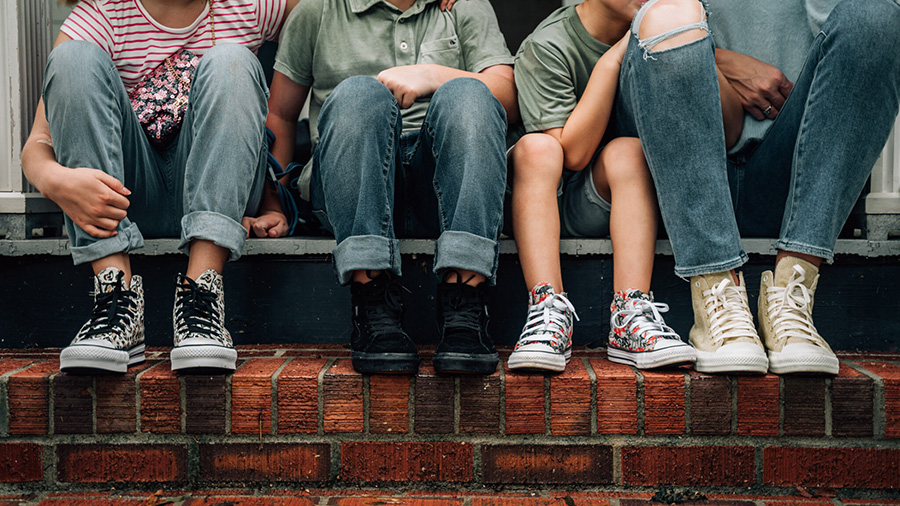Retailers gearing up for back-to-school (BTS) season may have one less week to prepare and plan for the surge in families shopping for new sneakers and other footwear for the kids this year.
Footwear sales reportedly peaked during the first two weeks of August last year, but due to the shift in the retail 4-5-4 calendar, the 53rd week in fiscal 2023 may move that timeline ahead one week into fiscal July (and the retail fiscal second quarter) this year, according to analysis from Circana and data compiled by its Retail Tracking reports.
Last August, 60 percent of K-12 parents reported that they typically make their back-to-school footwear purchases “close to the start of school,” according to Circana’s Omnibus survey.
“We saw this purchasing behavior play out in the flow of sales for the season, despite early brand and retailer marketing and promotions,” the research firm said in a media release.
Circana expects footwear sales for kids and teens to likely outperform the adult market for the BTS period.
“This may sound obvious since we are talking about back-to-school sales, but the nature of the season has changed,” the company wrote in its report. “Traditionally, it was an opportunity to stock up on fall essentials for the whole family, but today, it’s about getting the kids what they need to start school.”
The company said weather fluctuations and tighter budgets are causing consumers to focus on what they need now rather than buying ahead of the season.
Circana’s data also suggests that parents prioritize footwear purchases for their kids throughout the year, a reality for many families with tight household budgets in a weak economy.
In the 12 months ending April 2024, year-over-year sales of footwear worn by kids and teens under 18-years-old reportedly grew by 7 percent, while sales of footwear for adults declined by 3 percent, according to Circana’s Consumer Tracking data. While sales for all wearers ages 7 and older were reported to have increased, Circana also noted that most of the growth came from sales for teens, who primarily wear adult shoe sizes.
“This knowledge is important for brands and retailers to consider as they plan out their back-to-school merchandise flow and marketing strategies,” Circana wrote.
The company also sees promotional activity remaining at pre-pandemic levels after a shift back in 2023. Activity is expected to be “typical” and will not be the primary purchasing driver.
According to Circana’s Consumer Tracking data, last year, the percentage of footwear units sold on promotion from June through August returned to pre-pandemic 2019 levels after two years of volatility from a dip in 2021 when supply was low and demand was high, followed by a sharp increase in 2023 when supply was more plentiful but demand was slower.
“Overall, the pandemic-driven ups and downs in promotional activity have leveled out, so, for this season, it will likely remain close to that more typical level,” Circana wrote. “And, while consumers are focused on value, this doesn’t ensure that discounts will drive demand.”
Footwear promotional effectiveness was reportedly down in Q1 2024, based on Circana’s Price and Promotion Trends data, and when asked what factor tends to influence their footwear purchases for kids and teens, the company noted that just one-third of consumers cited promotions and discounts—behind quality, price and child or teen requests—according to Circana’s Future of Footwear study.
The company said back-to-school shopping has taken on new meaning as consumers adjust their shopping cycles and navigate economic obstacles, including tighter budgets. Nevertheless, back-to-school remains an important touchpoint between brands and retailers and consumers.















